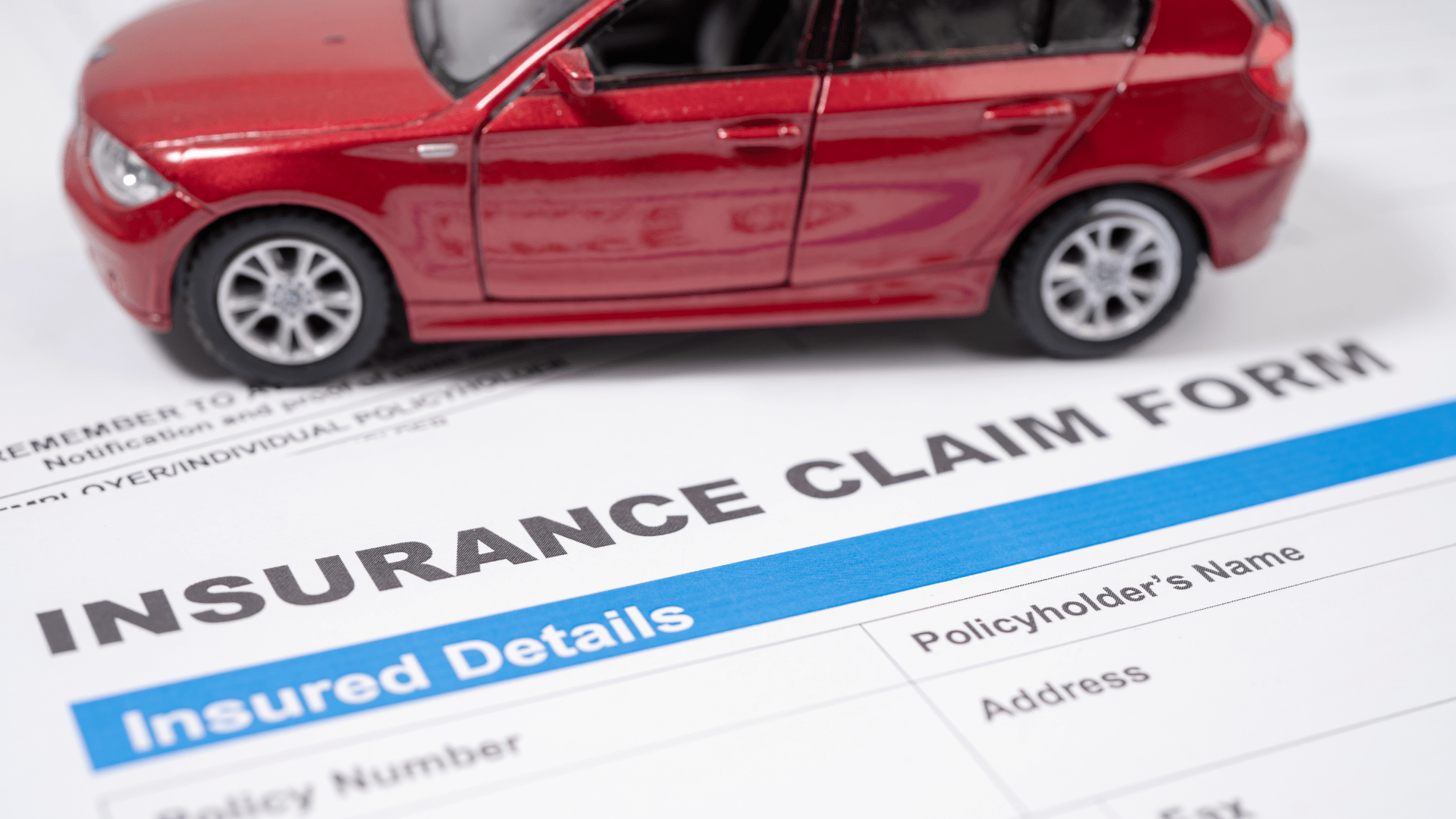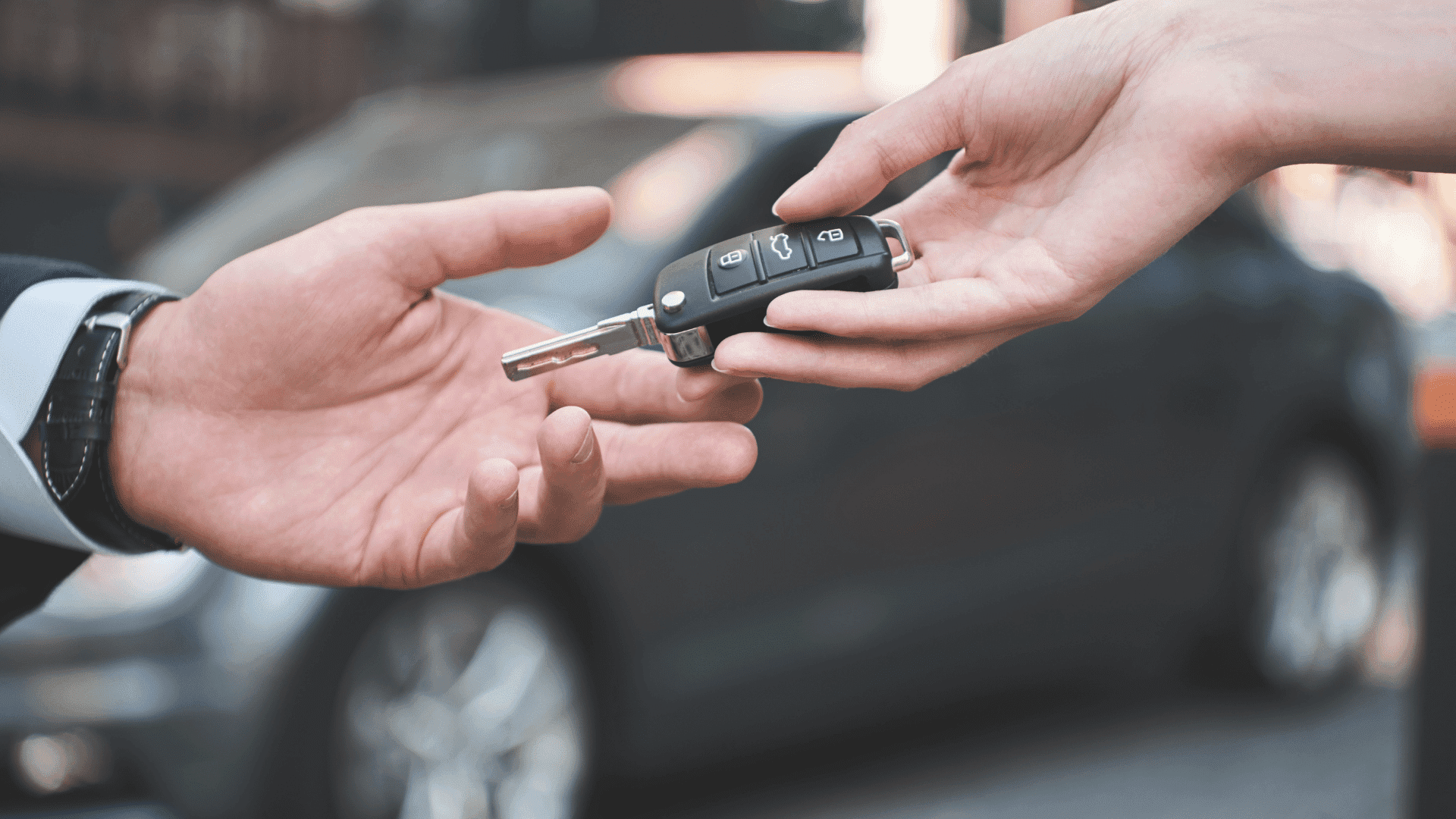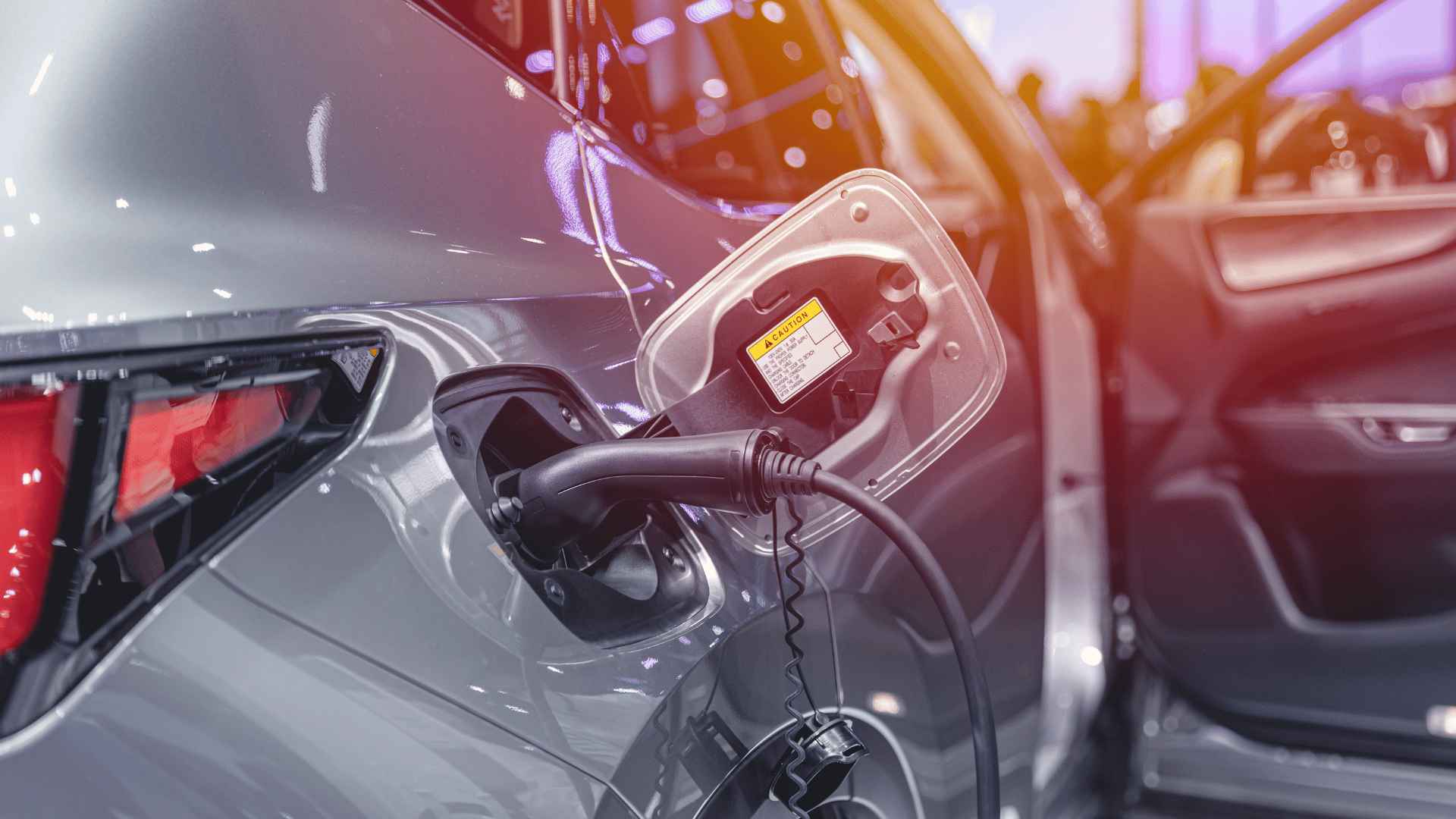Car accidents can happen anytime and anywhere, and no matter how diligent and cautious you are as a driver, they can still be unavoidable. That is why getting a car insurance policy is essential to help mitigate financial losses and damages in case of an unfortunate event. In the Philippines, filing a car insurance claim may sound daunting, but in this article, we will provide you with a step-by-step process on how to do it.
What Is A Car Insurance Claim?
A car insurance claim is a formal request that you make to your insurance company for financial assistance in case of an accident or damage to your vehicle. It is the process of seeking reimbursement from your insurer for any costs incurred due to a covered event. It is essential to understand the steps involved in filing a claim to several car insurance companies to ensure a smooth and successful process.
Where To Get Car Insurance In The Philippines
Before we dive into the process of filing a claim, knowing where you can get car insurance in the Philippines is crucial. Here are some options you can consider:
- Banks or financial institutions that offer insurance policies
- Traditional insurance companies such as Malayan, Prudential Guarantee, and Pioneer.
- Online car insurance providers like FGen, AXA, and BPI/MS Insurance Corporation.
Types of Car Insurance In The Philippines
We all know that the Philippines is known for its chaotic traffic and accidents, and having car insurance can give you peace of mind knowing that you are protected financially. However, if you are new to car insurance, it can be daunting to understand the different types of car insurance claims available. Let's cover the most common types of car insurance claims available best car insurance, and how they can benefit you in case of an accident.
1. Third-Party Liability
The third-party liability insurance covers you for damage to someone else's property or injuries to other people caused by your vehicle. In the Philippines, this insurance is mandatory for all car owners to have. This is because accidents happen, and we can’t always avoid them. With third-party liability insurance, you will have the coverage to pay for any damages or injuries caused by your vehicle. It’s worth noting that this type of insurance does not cover your own expenses, only those of the insured vehicle or third party.
2. Comprehensive Car Insurance
Comprehensive car insurance covers everything that third-party liability insurance does and more. This type of insurance also covers the damages to your own car, even if the accident is your fault. It also covers theft, fire, and natural disasters, among other things. If you want the most extensive and comprehensive coverage as possible, then comprehensive car insurance is what you are looking for.
3. Personal Accident Insurance
Personal accident insurance covers you and your passengers in case of accidental death or permanent disability resulting from an accident while driving or riding in your car. While this same insurance coverage is not mandatory, it is highly recommended, especially if you are always driving with passengers in your car.
4. Acts of Nature Coverage
The Philippines is prone to natural disasters, and this type of car insurance coverage covers damages to your car caused by natural disasters, such as typhoons, earthquakes, and floods. It’s important to check with your insurance provider on the specific acts of nature coverage they offer.
5. Uninsured Motorist Coverage
This type of insurance covers damage or bodily injury to you and your car caused by another driver who is at fault, but who does not have insurance to cover your expenses. This type of insurance is optional but can be a great help if you are involved in an accident.
Steps For Filing a Car Insurance Claim in the Philippines
Now that we have covered the different types of car insurance claims, let’s get into the actual process of filing a car insurance claim process in the Philippines. While each insurance company may have slight variations in their procedures, the following steps are general guidelines that you can follow to file a car insurance claim successfully.
1. Contact Your Insurance Provider
The first thing you need to do after getting involved in a car accident is to contact your insurance provider immediately. Most car insurance companies will have 24/7 hotline numbers that you can call for assistance. This step is crucial because your insurance provider may have specific requirements and procedures that you need to follow to ensure a smooth and hassle-free claim process.
2. Gather Necessary Information
Once you have contacted your car insurance company or provider, the next step is to gather all the necessary information related to the accident. This may include photos of the damages, a police report if available, contact details of other parties involved, and any other relevant documents or evidence that can support your claim.
3. Fill Out the Claim Form
After gathering all the necessary information, your insurance provider will provide you with a claim form that you need to fill out. Make sure to provide accurate and complete details to your insurance providers to avoid delays in processing your claim.
4. Submit Required Documents
Aside from the claim form, there may be other documents and car insurance claim requirements that your insurance provider will require for your claim, such as a valid driver's license, car registration papers, and proof of insurance. Make sure to provide these documents as soon as possible to car insurance providers to avoid any delays.
5. Await the Insurance Adjuster
Once you have submitted your claim form and other necessary documents, the next step is to wait for an insurance adjuster to assess the damages on your vehicle. The insurance adjuster will see property damage and then determine the cost of car repairs or if your vehicle is deemed a total loss.
6. Claim Settlement
After the insurance adjuster has completed their assessment of own damage, your insurance provider will inform you about the settlement amount and how it will be disbursed. Depending on your comprehensive insurance policy, the settlement may cover repair costs, replacement of parts, or even medical expenses in case of injuries sustained in the accident.
7. Follow Up on Your Claim
If you have not received any updates from your insurance provider after a reasonable amount of time, do not hesitate to follow up on your claim. Keep all the necessary documents and communication with your auto insurance provider for reference in case of any issues or disputes.
Additional Tips for Filing a Car Insurance Claim in the Philippines
Here are some additional tips to keep in mind when filing a car insurance claim:
- Familiarize yourself with the terms and conditions of your insurance policy to ensure that you are aware of what is covered and not covered.
- Always be honest and provide accurate information when filing a claim to avoid any potential issues or delays.
- Notify your insurance provider immediately after an accident, even if it seems minor. Some policies have a time limit for reporting accidents.
- Keep a record of all expenses related to the accident, including medical bills, towing fees, and other expenses that your insurance may cover.
- In case of disputes or issues with your insurance provider, seek assistance from the Insurance Commission in the Philippines. They can help resolve any conflicts between you and your insurance company.
Filing a car insurance claim may seem overwhelming, but with proper knowledge and guidance, it can be a straightforward process. Remember to read and understand your car insurance policy to know your coverage and limits. Report the incident immediately, document everything, wait for the adjuster’s visit, and keep in touch with your insurance company to follow up on your claim’s status. In case of an accident, having a comprehensive car insurance policy can provide peace of mind and financial stability. As always, drive safe and stay protected.







-1693449078.png)